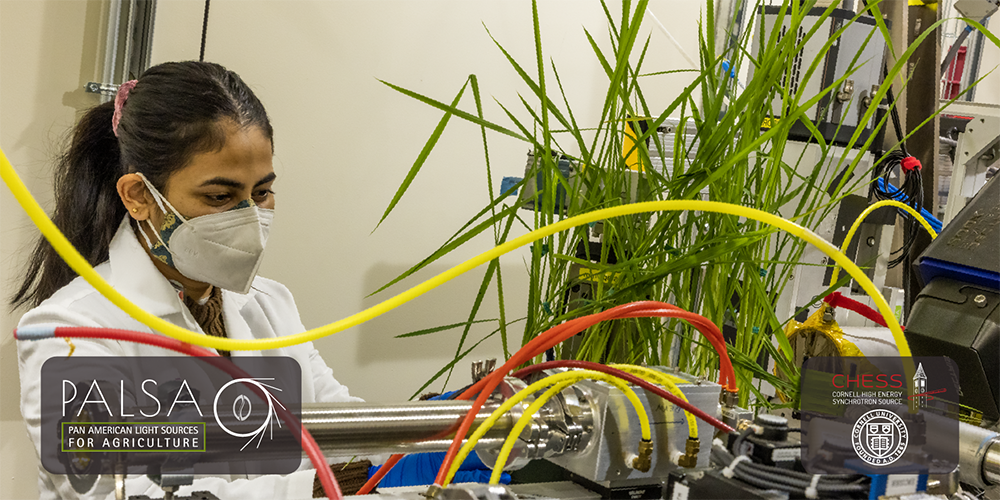Speaker
Description
We describe and present examples of synchrotron-based confocal x-ray fluorescence microscopy (CXRF) employing custom-fabricated collimating channel array optics (CCAs), developed at the Cornell High Energy Synchrotron Source, which permit CXRF to be performed with micron-scale, achromatic resolution. Subsequent to their development, CHESS-fabricated CCAs have been employed as part of the APS general user program since approximately 2016, and were implemented at NSLS-II in 2019 specifically to study micronutrient transport, signaling, and homeostasis in plants. Compared to CXRF with polycapillair optics, CCA-based CXRF permits colocalization of elements with very different fluorescence energies, such as potassium, calcium, iron and zinc, as well as permitting visualization of individual cells, permitting evaluation of elemental concentration differences among different tissue types. Compared to micro-XRF computer tomography, CCA-based CXRF overcomes some of the sample-size constraints associated with CT, particularly at low XRF energies. Apart from new imagery, we present novel characterization of CXRF performance, including quantitative evaluation of the elemental yield and solid angle of collection as a function of energy.

